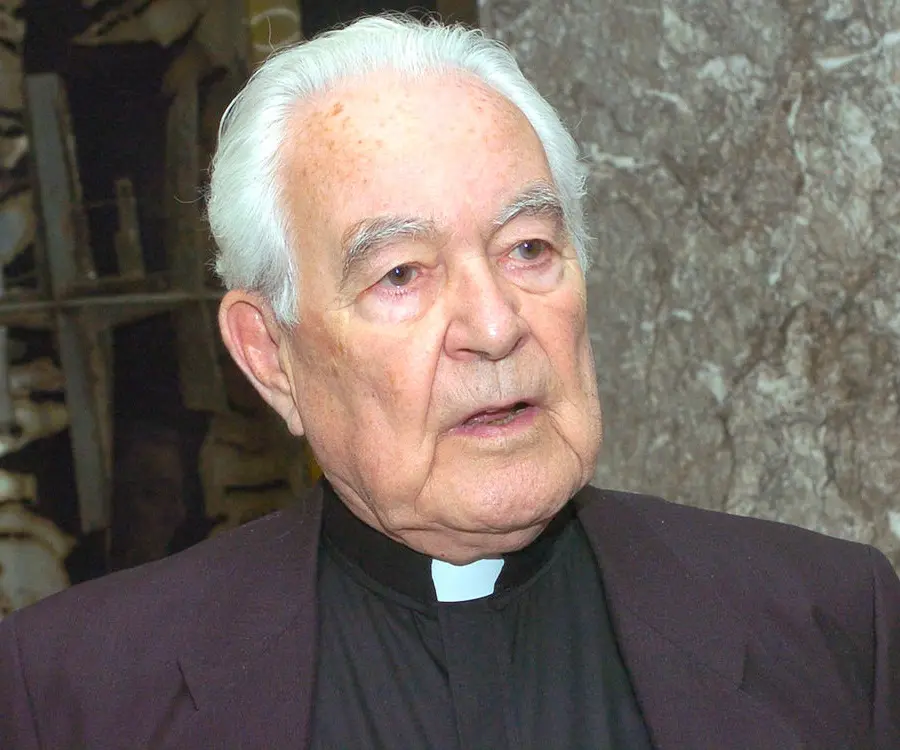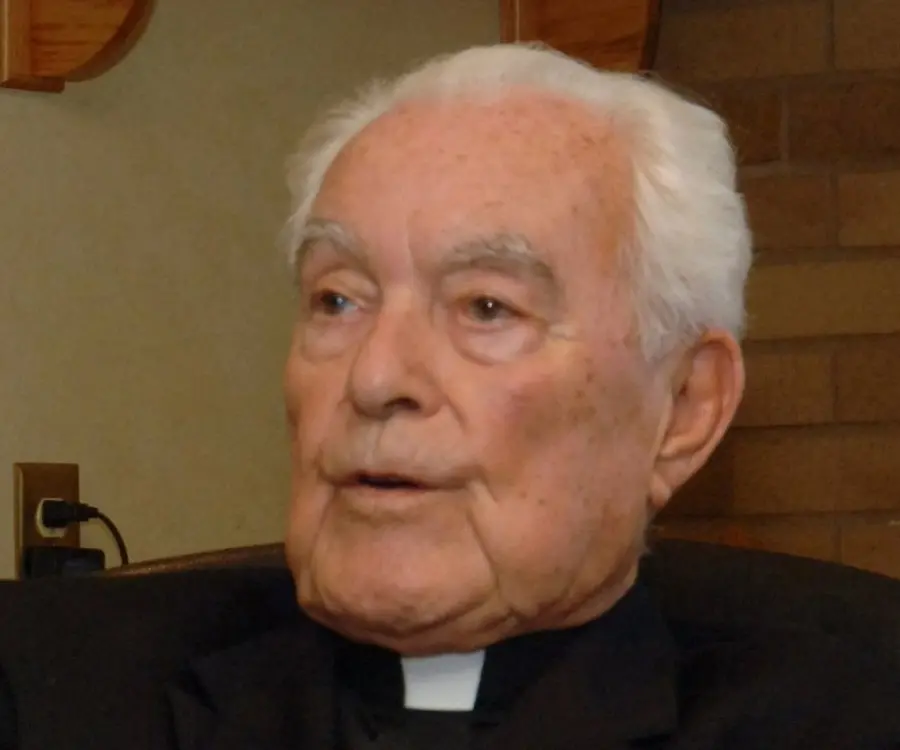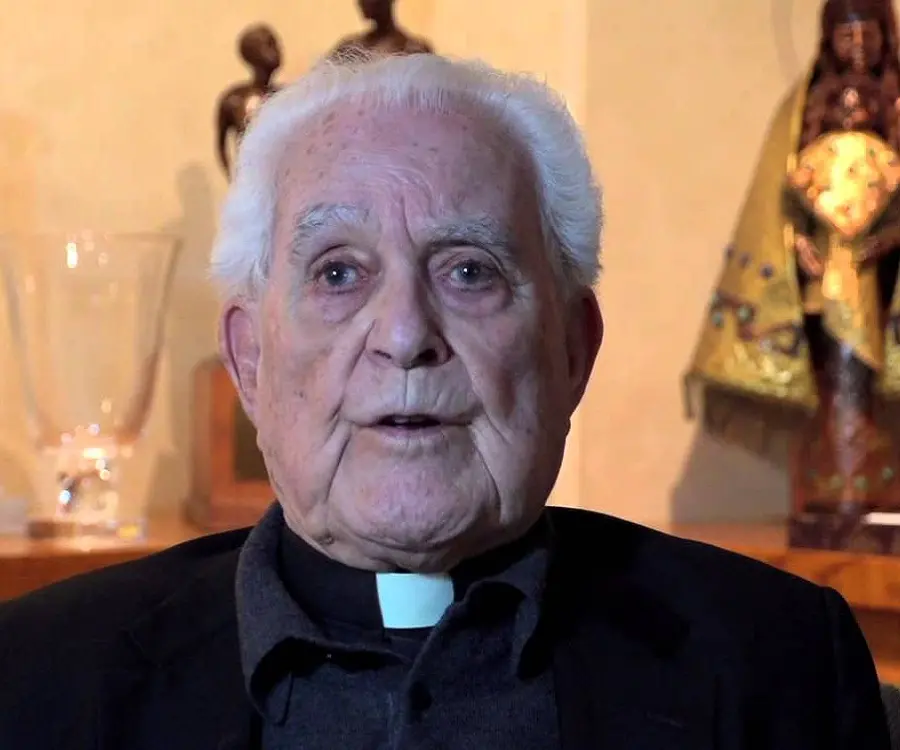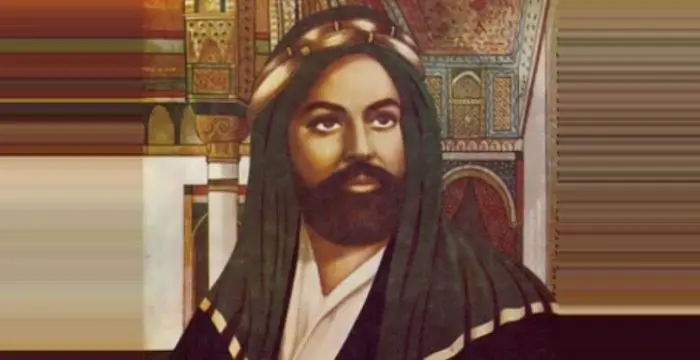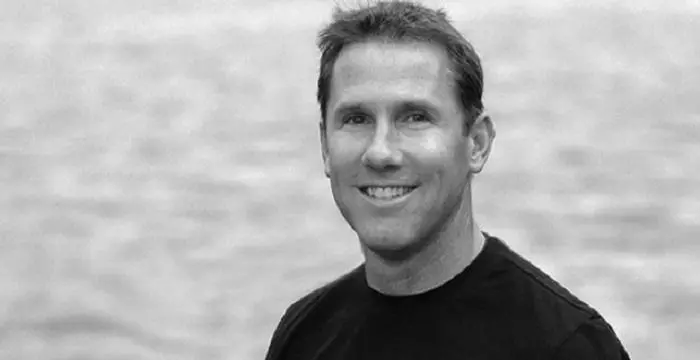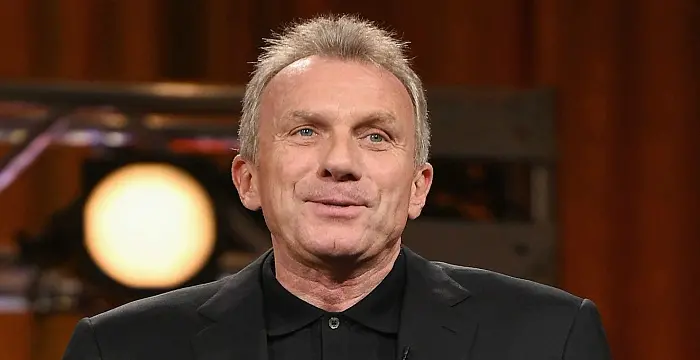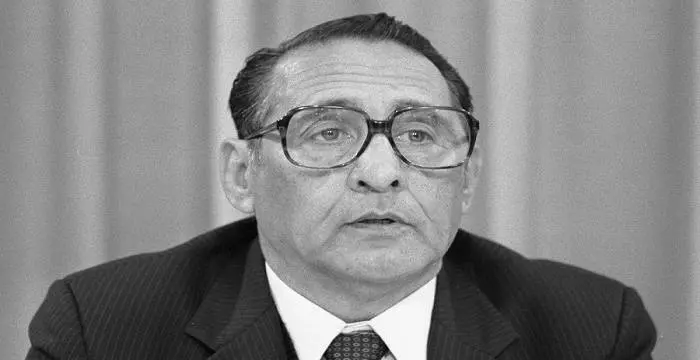
Theodore Hesburgh - 15th President of the University of Notre Dame, Family and Family
Theodore Hesburgh's Personal Details
Theodore Hesburgh was a priest of the Congregation of Holy Cross and the President Emeritus of the University of Notre Dame for 35 years
| Information | Detail |
|---|---|
| Birthday | May 25, 1917 |
| Died on | February 26, 2015 |
| Nationality | American |
| Famous | Humanitarian, University Of Notre Dame, Leaders, Spiritual & Religious Leaders, Priests, 15th President of the University of Notre Dame |
| Siblings | Anne, Elizabeth, James, Mary |
| Known as | Theodore Martin Hesburgh |
| Universities |
|
| Notable Alumnis |
|
| Birth Place | Syracuse, New York, United States |
| Religion | Roman Catholic |
| Gender | Male |
| Father | Theodore Bernard Hesburgh |
| Mother | Anne Marie Murphy |
| Sun Sign | Gemini |
| Born in | Syracuse, New York, United States |
| Famous as | 15th President of the University of Notre Dame |
| Died at Age | 97 |
Theodore Hesburgh's photo
Who is Theodore Hesburgh?
The Reverend Theodore Hesburgh was one of the eminent world personalities who with his futuristic vision and acumen for excellence realized his dream to bring forth a truly great Catholic University for the modern world. Ordained a priest of the Congregation of the Holy Cross, he was no ordinary soul right from his birth. He entered Notre Dame in 1934 and since then, remained with the university excluding a brief period of hiatus during which he moved to Italy to complete his baccalaureate degree. In 1949, he was elected to serve as the executive vice-president at the University of Notre Dame, a position which he retained for three years. Eventually, he climbed a step higher and took up the responsibilities that came with the post of the President of Notre Dame. During his 35 years of tenure in the prestigious position, the longest till date, he guided, pressed and pushed the institution to move ahead and explore its limits so as to fulfill his vision to make it the world’s best Catholic Institute in the modern world. During his term as the President of Notre Dame and thereafter, he was been one of the influential forces in the American higher education system and one of the highly respected people in the Catholic Church. Other than his service as the President of Notre Dame, he served in various foundations and commissions and worked with numerous popes and US Presidents.
// Famous Leaders
Edi Rama
Edi Rama is the current Prime Minister of Albania. Check out this biography to know about his childhood, life, achievements, works & timeline.
Tecumseh
Tecumseh was a Native American leader of the Shawnee clan. This biography profiles his childhood, life and timeline.
Khalifa bin Zayed Al Nahyan
Sheikh Khalifa bin Zayed Al Nahyan is the current President of the United Arab Emirates (UAE). Check out this biography to know about his birthday, childhood, family life, achievements and fun facts about him.
Childhood & Early Life
Theodore Hesburgh was born to Anne Murphy and Theodore Bernard Hesburgh in Syracuse, New York. He had four siblings, including one brother and three sisters.
In 1934, he was enrolled at Notre Dame. However, three years later, he was sent to Italy by his seminary. He earned a bachelor’s degree in philosophy from Gregorian University in 1939.
Due to the outbreak of World War II, he returned to Notre Dame and was ordained as a priest of the Congregation of Holy Cross at Sacred Heart Church in 1943.
Though he volunteered to render his service at the military chaplain, he was instead transferred to the Catholic University of America in Washington DC, from where he received a Doctorate degree in Sacred Theology in 1945.
Career
Completing his doctorate degree, he took up a teaching position in the Department of Religion at the University. In 1948, he was made head of the Department of Theology.
The following year, he was appointed to the post of the executive vice president at the University, which he served for three years. He gave up the position in 1952 to assume the responsibilities of the President of Notre Dame, thus becoming the 15thby rank and order.
During his term as the President of Notre Dame, he brought about numerous changes in the day to day working of the university to make it at par with the world’s best educational institutes.
He not only doubled the operating budget of the university, but raised the endowment and research funding by 40 and 20 per cent respectively. The massive increase led to doubling in the numbers of enrolment and degrees awarded.
In 1957, he was appointed to serve as the member of the United States Civil Rights Commission. In 1967, he was promoted to the rank of Chairman which he held for five years until his dismissal by the US President Richard Nixon in 1972.
From 1963 until 1970, he served as the chairman of the International Federation Catholic Universities.
It was while serving in the capacity of the President of Notre Dame that he brought about various changes in the governance of the university in 1967.
In 1972, he introduced undergraduate coeducation, something which was unheard of in those days. With this, Notre Dame became the first to admit female students to its baccalaureate programs.
He held an important role in the American higher education scenario and was a part of every important initiative and dealing regarding the same. He held a firm stand during the Vietnam War and against campus protestors thus protecting the right of others.
Other than serving as the President of Notre Dame, he served a number of other posts on government commissions, non-profit organization boards, and Vatican missions.
In 1974, he was appointed as the member of the Holy See’s United Nations Delegations by Pope Paul VI. He was also named to the Presidency Clemency Board. Same year, he published ‘The Humane Imperative: A Challenge for the Year 2000’.
From 1977 to 1982, he served as the chairman of the Rockefeller Foundation
In 1979, he was appointed as ambassador to the United Nations Conference on Science and Technology for Development. The same year, he published his work ‘The Hesburgh Papers: Higher Values in Higher Education’
For two years, from 1979 to 1981, he served as the chair of the Select Commission on Immigration and Refugee Policy.
In 1983, he was appointed to the Pontifical Council for Culture by Pope John Paul II. Two years later, he created the Institute for International Peace Studies.
In 1987, he stepped down from the post of the President of Notre Dame after 35 years of service, the longest serving President to date.
In 1990, he authored his autobiography, ‘God, Country, Notre Dame’, which reached No. 11 position on the New York Times list of best-sellers in 1990.
Ever after his retirement from the prestigious position, he actively involved himself in the matters of American higher education system. He co-chaired the Knight Commission on Intercollegiate Athletics from 1990 to 1996 and was on the Harvard Board of Overseers from 1994 to 1995
Awards & Achievements
In 1961, he was elected as the Honorary member of the Austrian catholic fraternity K�HV Alpenland.
In 1964, he was conferred with the prestigious Presidential Medal of Freedom by then President Lyndon Johnson.
In 1970, he was bestowed with the Meikle John Award by the American Association of University Professors.
In 1976, he was the recipient of the annual Award for Greatest Public Service Benefiting the Disadvantaged, by Jefferson Awards
In 1984, the National Academy of Sciences bestowed upon him the Public Welfare Medal.
He was awarded the Congressional Medal of Freedom in 1999.
In 2002, he received his 150th honorary degree from the University of San Diego. For the same, he holds a Guinness Book of World Record title for ‘Most Honorary Degrees’.
In 2004, he became the first recipient of the NCAA's Gerald R. Ford Award for leadership in intercollegiate athletics.
In 2006, he was the proud recipient of Sachem Award, Indiana's highest honor, in recognition of a lifetime of excellence and moral virtue that has brought credit and honor to the state.
In 2010, he became one of the 100 recipients of a Centennial Medal from Catholic Charities USA for his work on behalf of the poor.
In 2013, he was honoured with the honorary Navy Chaplain title.
Personal Life & Legacy
He resided in Notre Dame Campus. He had a private office on the thirteenth floor with the Olympic Torch from the 2002 Salt Lake City Olympic Games.
The library in the University of Notre Dame which first opened on September 16, 1963 was renamed after Father Hesburgh in 1987.
Theodore Hesburgh died on February 26, 2015, at the age of 97 at Notre Dame, Indiana, United States.
Trivia
Interestingly, this priest of the Congregation of Holy Cross when first entered Notre Dame as a student in 1934 was given the campus laundry number 00652, which he retained till last.
// Famous Spiritual & Religious Leaders
Swami Vivekananda
Swami Vivekananda was the chief disciple of Sri Ramakrishna, and was responsible for awakening India spiritually. Check this biography to know in detail about his life, profile and timeline.
Prophet Muhammad
Prophet Muhammad was the founder of Islam, one of the most widespread religions in the world. This biography profiles his childhood, life story, achievements and more.
Murad IV
Murad IV was one of the mighty Sultans in the history of the Ottoman Empire. This biography profiles his childhood, family, accession, rule, administration and timeline.
Theodore Hesburgh's awards
| Year | Name | Award |
|---|---|---|
Other | ||
| 1999 | Congressional Gold Medal | |
| 2004 | NCAA Gerald R. Ford Award | |
| 0 | 1964 - Presidential Medal of Freedom | |
| 0 | 1980 - Sylvanus Thayer Award | |
| 0 | 1984 - Public Welfare Medal | |
Theodore Hesburgh biography timelines
- // 25th May 1917Theodore Hesburgh was born to Anne Murphy and Theodore Bernard Hesburgh in Syracuse, New York. He had four siblings, including one brother and three sisters.
- // 1934 To 1939In 1934, he was enrolled at Notre Dame. However, three years later, he was sent to Italy by his seminary. He earned a bachelor’s degree in philosophy from Gregorian University in 1939.
- // 1943Due to the outbreak of World War II, he returned to Notre Dame and was ordained as a priest of the Congregation of Holy Cross at Sacred Heart Church in 1943.
- // 1945Though he volunteered to render his service at the military chaplain, he was instead transferred to the Catholic University of America in Washington DC, from where he received a Doctorate degree in Sacred Theology in 1945.
- // 1948Completing his doctorate degree, he took up a teaching position in the Department of Religion at the University. In 1948, he was made head of the Department of Theology.
- // 1952The following year, he was appointed to the post of the executive vice president at the University, which he served for three years. He gave up the position in 1952 to assume the responsibilities of the President of Notre Dame, thus becoming the 15thby rank and order.
- // 1957 To 1972In 1957, he was appointed to serve as the member of the United States Civil Rights Commission. In 1967, he was promoted to the rank of Chairman which he held for five years until his dismissal by the US President Richard Nixon in 1972.
- // 1961In 1961, he was elected as the Honorary member of the Austrian catholic fraternity K�HV Alpenland.
- // 1963 To 1970From 1963 until 1970, he served as the chairman of the International Federation Catholic Universities.
- // 1963 To 1987The library in the University of Notre Dame which first opened on September 16, 1963 was renamed after Father Hesburgh in 1987.
- // 1964In 1964, he was conferred with the prestigious Presidential Medal of Freedom by then President Lyndon Johnson.
- // 1967It was while serving in the capacity of the President of Notre Dame that he brought about various changes in the governance of the university in 1967.
- // 1970In 1970, he was bestowed with the Meikle John Award by the American Association of University Professors.
- // 1972In 1972, he introduced undergraduate coeducation, something which was unheard of in those days. With this, Notre Dame became the first to admit female students to its baccalaureate programs.
- // 1974In 1974, he was appointed as the member of the Holy See’s United Nations Delegations by Pope Paul VI. He was also named to the Presidency Clemency Board. Same year, he published ‘The Humane Imperative: A Challenge for the Year 2000’.
- // 1976In 1976, he was the recipient of the annual Award for Greatest Public Service Benefiting the Disadvantaged, by Jefferson Awards
- // 1977 To 1982From 1977 to 1982, he served as the chairman of the Rockefeller Foundation
- // 1979In 1979, he was appointed as ambassador to the United Nations Conference on Science and Technology for Development. The same year, he published his work ‘The Hesburgh Papers: Higher Values in Higher Education’
- // 1979 To 1981For two years, from 1979 to 1981, he served as the chair of the Select Commission on Immigration and Refugee Policy.
- // 1983In 1983, he was appointed to the Pontifical Council for Culture by Pope John Paul II. Two years later, he created the Institute for International Peace Studies.
- // 1984In 1984, the National Academy of Sciences bestowed upon him the Public Welfare Medal.
- // 1987In 1987, he stepped down from the post of the President of Notre Dame after 35 years of service, the longest serving President to date.
- // 1990In 1990, he authored his autobiography, ‘God, Country, Notre Dame’, which reached No. 11 position on the New York Times list of best-sellers in 1990.
- // 1990 To 1996Ever after his retirement from the prestigious position, he actively involved himself in the matters of American higher education system. He co-chaired the Knight Commission on Intercollegiate Athletics from 1990 to 1996 and was on the Harvard Board of Overseers from 1994 to 1995
- // 1999He was awarded the Congressional Medal of Freedom in 1999.
- // 2002In 2002, he received his 150th honorary degree from the University of San Diego. For the same, he holds a Guinness Book of World Record title for ‘Most Honorary Degrees’.
- // 2004In 2004, he became the first recipient of the NCAA's Gerald R. Ford Award for leadership in intercollegiate athletics.
- // 2006In 2006, he was the proud recipient of Sachem Award, Indiana's highest honor, in recognition of a lifetime of excellence and moral virtue that has brought credit and honor to the state.
- // 2010In 2010, he became one of the 100 recipients of a Centennial Medal from Catholic Charities USA for his work on behalf of the poor.
- // 2013In 2013, he was honoured with the honorary Navy Chaplain title.
// Famous University Of Notre Dame
Nicholas Sparks
Nicholas Sparks is an American novelist known for his romantic novels. Check out this biography to know about his birthday, childhood, family life, achievements and fun facts about him.
Joe Montana
Joseph Clifford "Joe" Montana, Jr. is a former American professional football player famous for his record breaking career at NFL and Super Bowl. If you would like to learn more about his profile, childhood, life and timeline, read on
José Napoleón Duarte
Jose Napoleon Duarte was the President of El Salvador from 1984 to 1989. This biography of Jose Napoleon Duarte provides detailed information about his childhood, life, achievements, works & timeline.
Allan Dwan
A man of innovation with over 400 movies to his credit, Allan Dwan was a writer, director, producer belonging to the era of silent films. To read more about his childhood, profile, timeline and career read on
Condoleezza Rice
Condoleezza Rice was the 66th Secretary of State of the U.S., and the first African American woman to hold that post. This biography of Condoleezza Rice provides detailed information about her childhood, life, achievements, works & timeline.
Theodore Hesburgh's FAQ
What is Theodore Hesburgh birthday?
Theodore Hesburgh was born at 1917-05-25
When was Theodore Hesburgh died?
Theodore Hesburgh was died at 2015-02-26
Where was Theodore Hesburgh died?
Theodore Hesburgh was died in Notre Dame, Indiana, United States
Which age was Theodore Hesburgh died?
Theodore Hesburgh was died at age 97
Where is Theodore Hesburgh's birth place?
Theodore Hesburgh was born in Syracuse, New York, United States
What is Theodore Hesburgh nationalities?
Theodore Hesburgh's nationalities is American
Who is Theodore Hesburgh siblings?
Theodore Hesburgh's siblings is Anne, Elizabeth, James, Mary
What was Theodore Hesburgh universities?
Theodore Hesburgh studied at University Of Notre Dame, The Catholic University of America, University of Notre Dame, Pontifical Gregorian University
What was Theodore Hesburgh notable alumnis?
Theodore Hesburgh's notable alumnis is University Of Notre Dame
What is Theodore Hesburgh's religion?
Theodore Hesburgh's religion is Roman Catholic
Who is Theodore Hesburgh's father?
Theodore Hesburgh's father is Theodore Bernard Hesburgh
Who is Theodore Hesburgh's mother?
Theodore Hesburgh's mother is Anne Marie Murphy
What is Theodore Hesburgh's sun sign?
Theodore Hesburgh is Gemini
How famous is Theodore Hesburgh?
Theodore Hesburgh is famouse as 15th President of the University of Notre Dame
